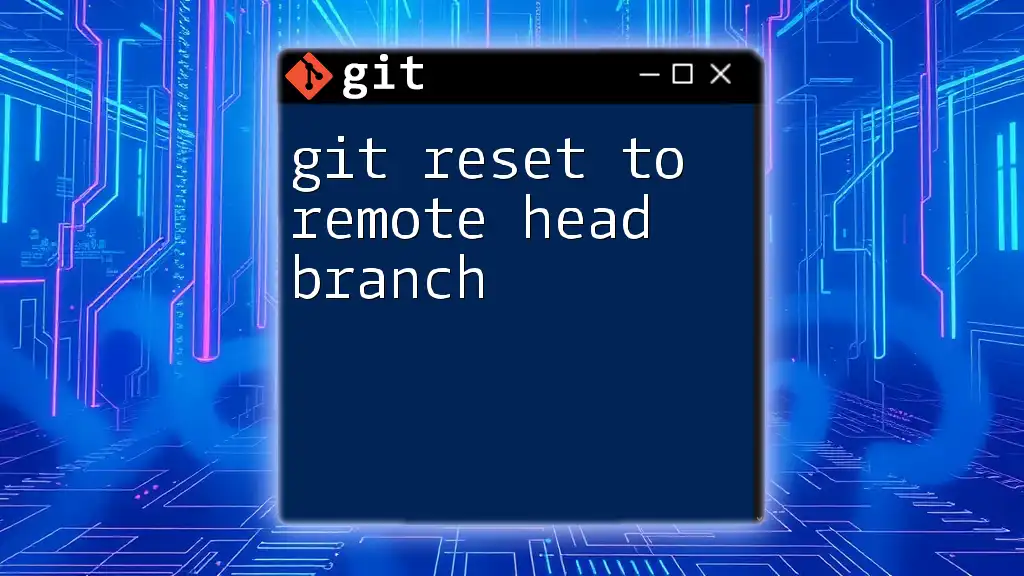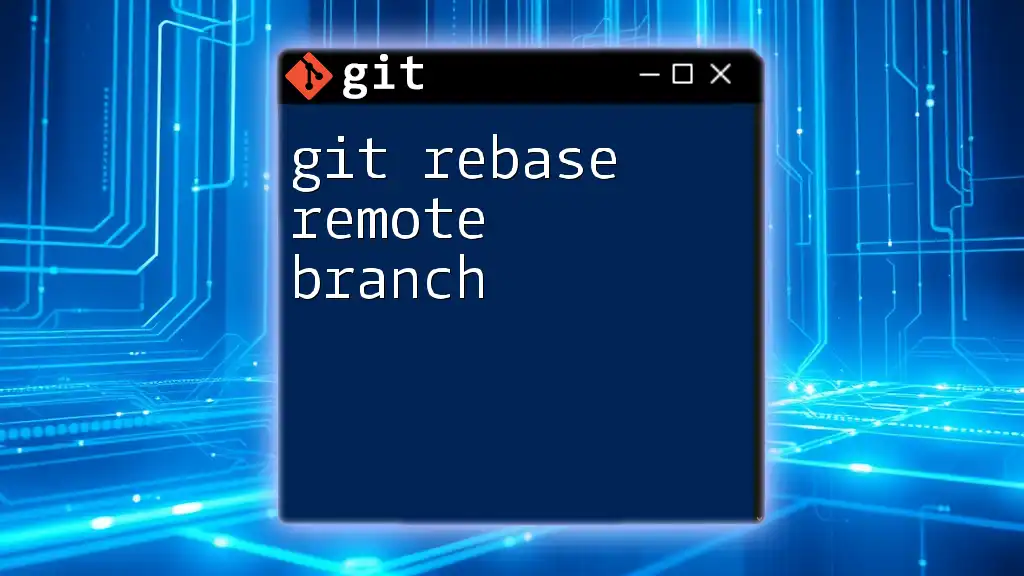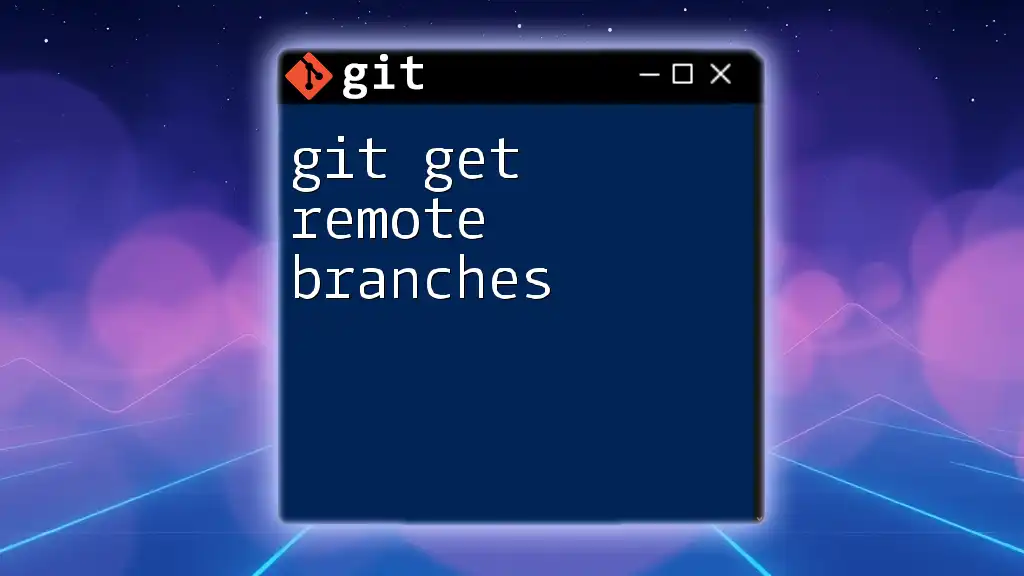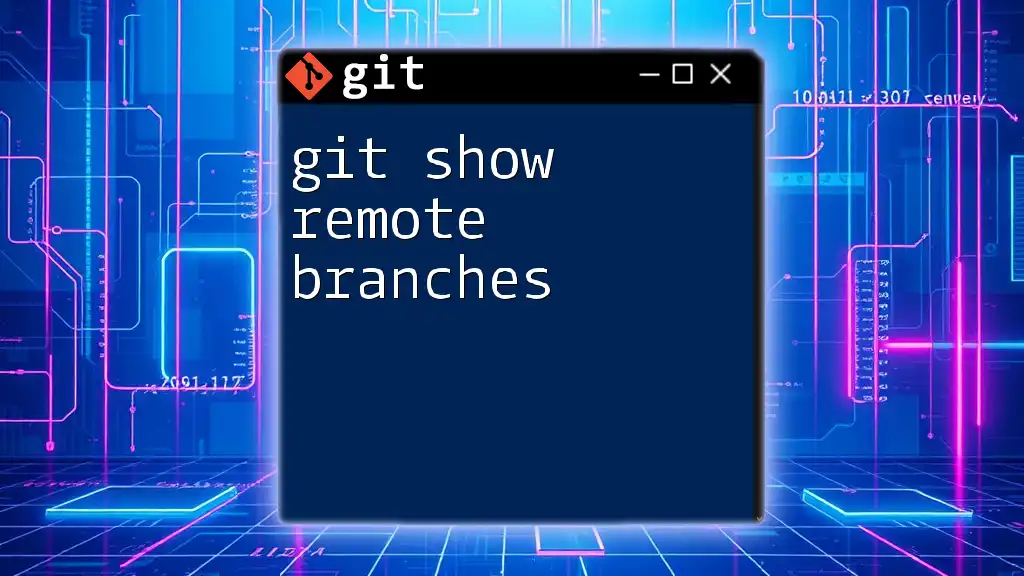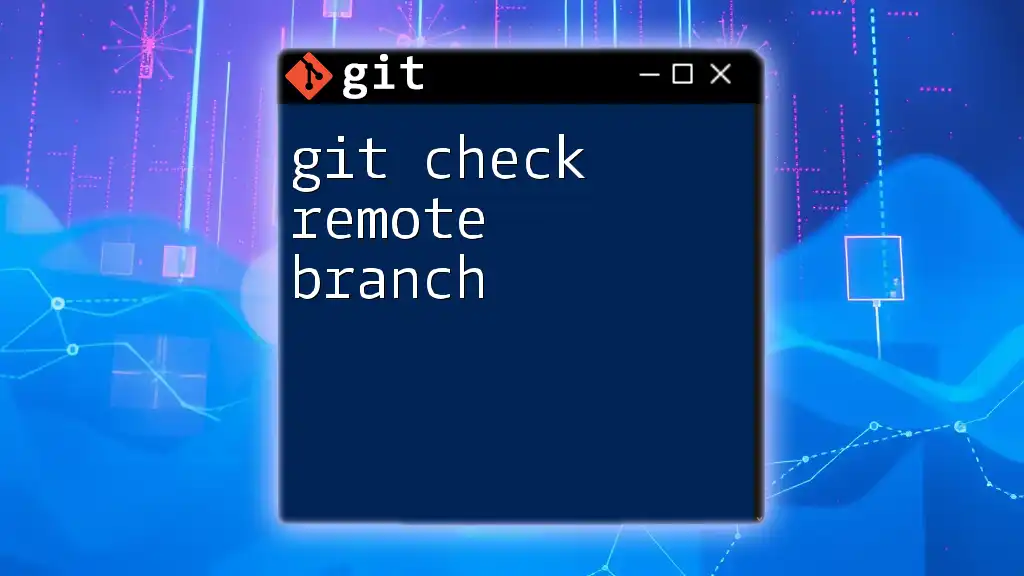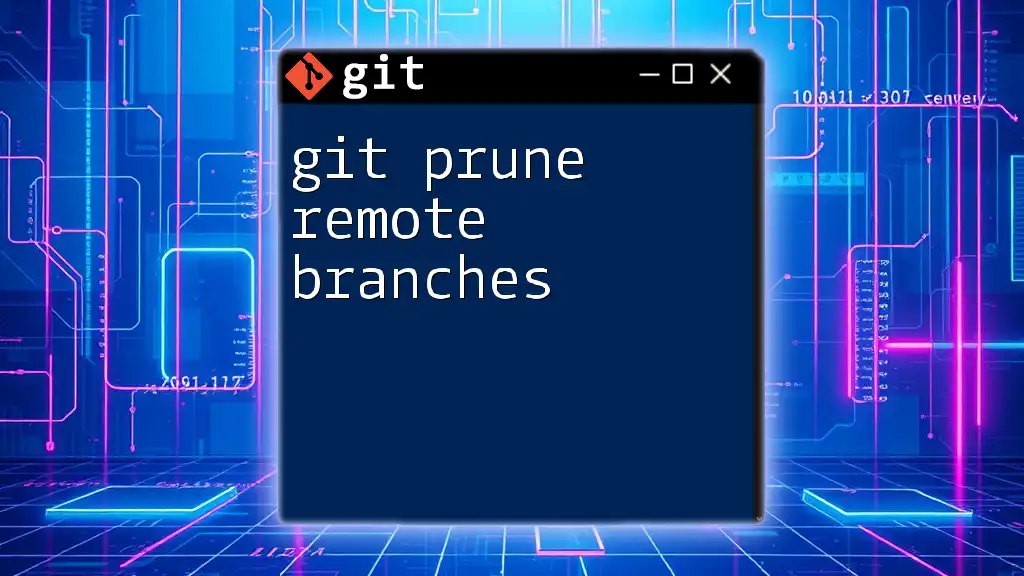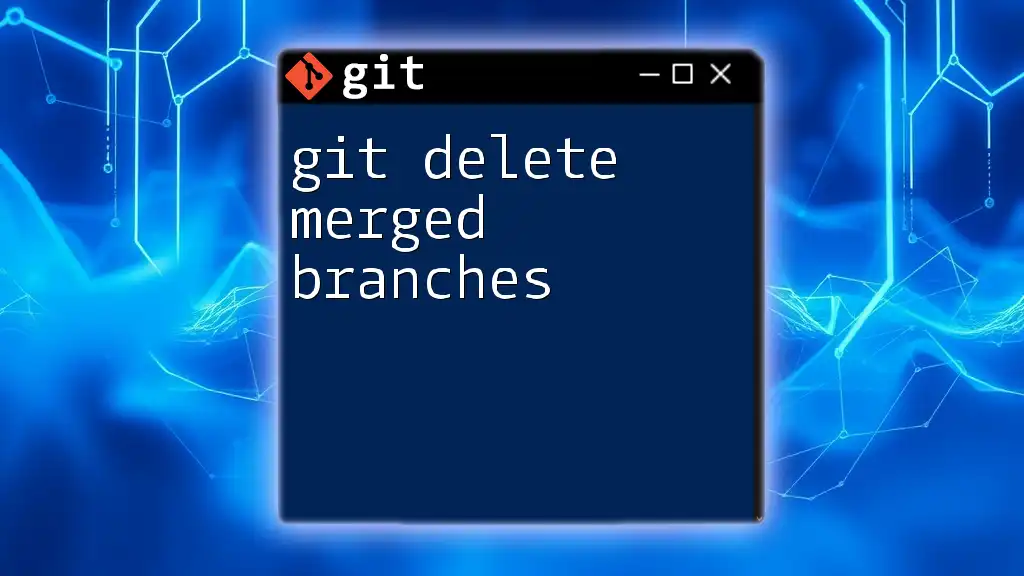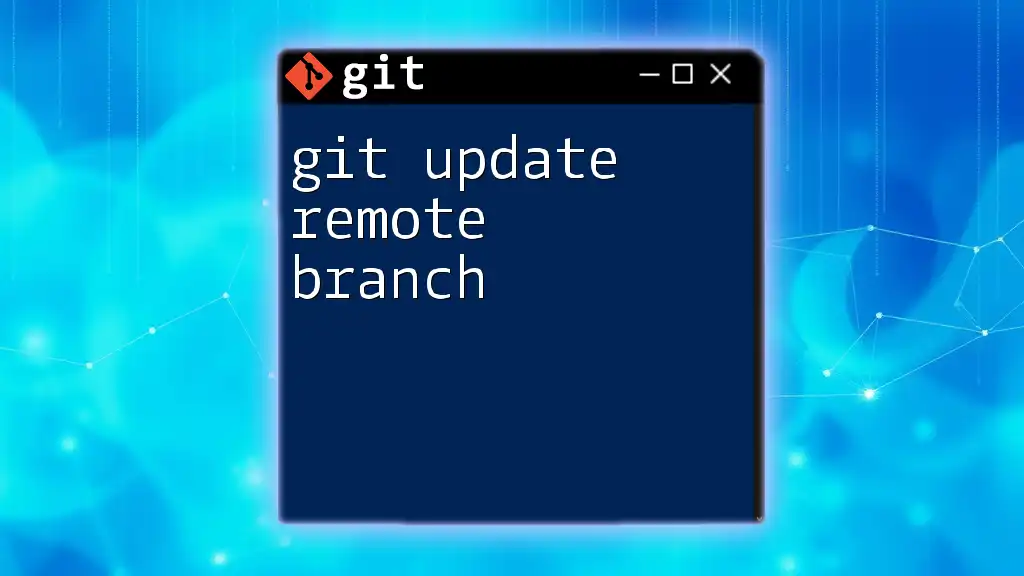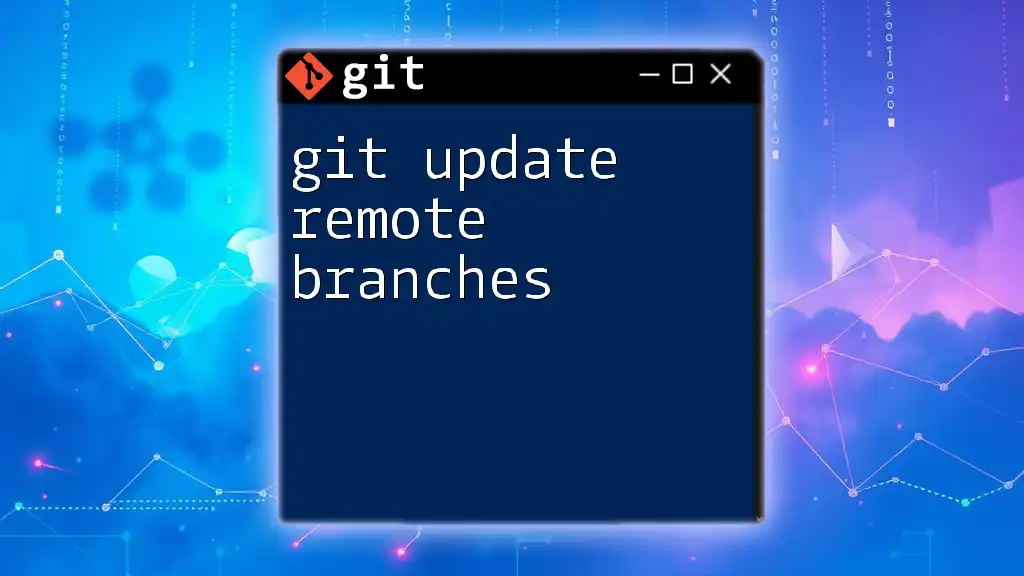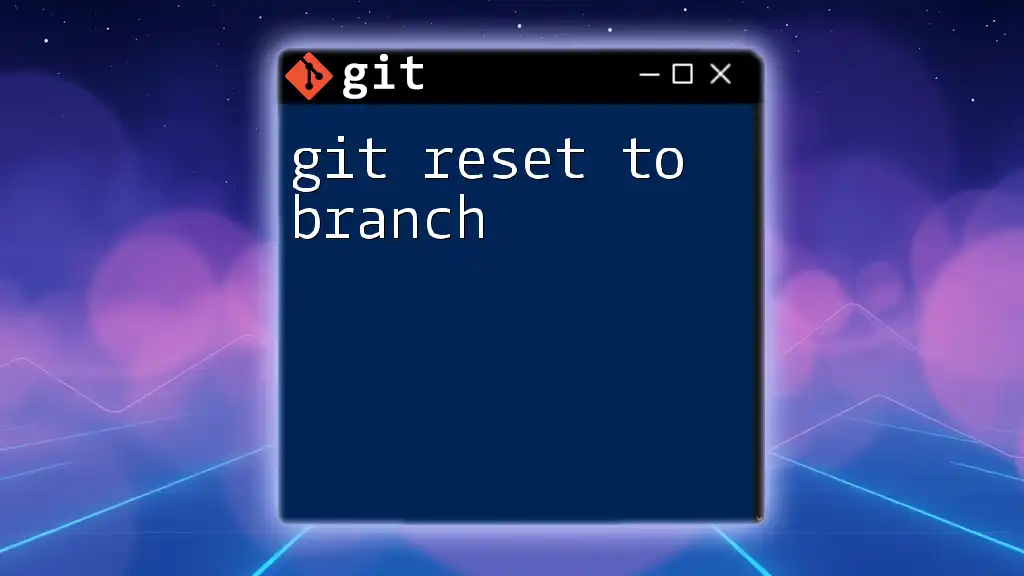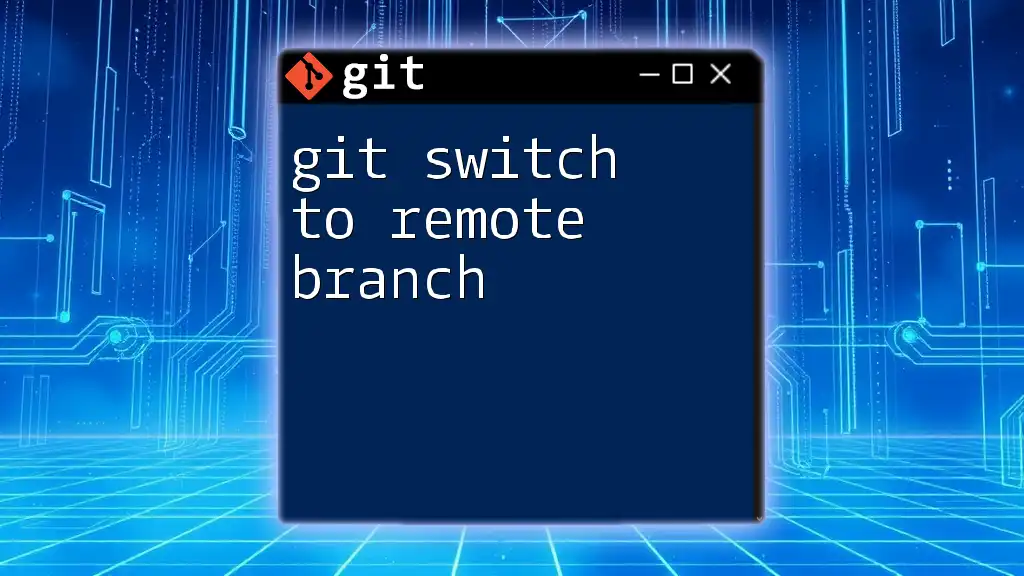To reset your local branch to match the remote head branch, you can use the following command, which discards any local changes and syncs with the latest changes from the remote repository:
git fetch origin && git reset --hard origin/your-branch-name
What is Git Reset?
Git reset is a powerful command used to undo changes in your Git repository. Understanding how this command functions is crucial for managing your project effectively, especially when you're working with branches and commits.
Definition
At its core, `git reset` modifies the state of your current branch, effectively moving the pointer to a different commit. It can manipulate your staging area and working directory depending on the reset mode you choose:
-
Soft Reset: Moves the current branch pointer to a specified commit but leaves your index (staging area) and working directory intact. This means all changes remain staged.
-
Mixed Reset: This is the default mode if none is specified. It moves the current branch pointer to the desired commit, resets your index but does not touch your working directory. Your changes will be unstaged.
-
Hard Reset: This option resets the current branch to the specified commit and updates both the index and working directory. All uncommitted changes will be lost, which is a critical consideration when using this command.
When to Use Git Reset
Knowing when to invoke `git reset` can save you a lot of headaches. You might find yourself in scenarios such as:
- When you want to undo accidental commits.
- Correcting mistakes in your commit history.
- Cleaning your working directory to restore your project to a known state.
However, exercise caution: particularly with hard resets, as they can result in permanent data loss if you haven’t backed up your work.
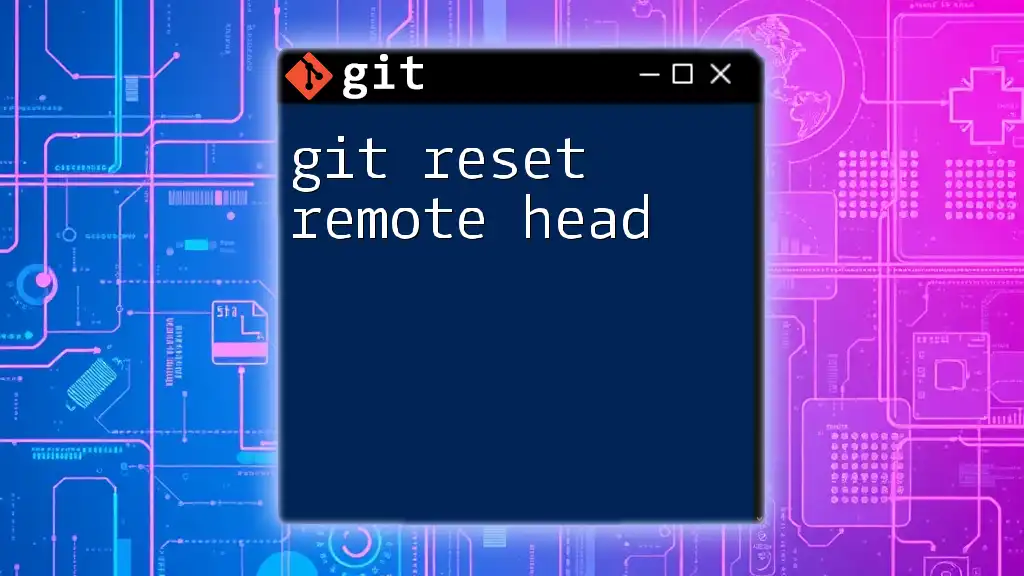
Understanding Remote Branches
What are Remote Branches?
Remote branches are references to the state of branches in your remote repositories. They allow you to track changes made by others while working collaboratively. Understanding how remote branches work is essential for using Git effectively.
How Remote Branches Work
Remember, remote branches differ from local branches. Your local branch will track a remote branch, allowing you to incorporate changes other contributors make. Commands like `git push` and `git fetch` help you manage these collaborations effectively.
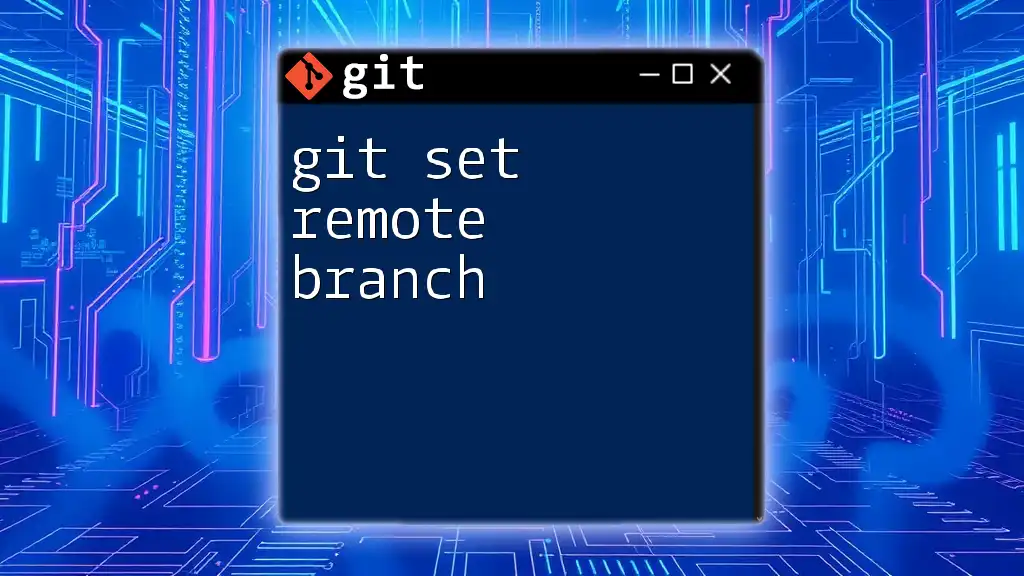
The `git reset` Command Explained
Syntax of the Command
The basic syntax for the `git reset` command looks like this:
git reset [<mode>] [<commit>]
Here, `<mode>` can be `--soft`, `--mixed`, or `--hard`, while `<commit>` represents a commit hash or reference point.
Types of Reset
-
Soft Reset: Keeping changes in the staging area.
git reset --soft HEAD~1This command takes the last commit off the current branch but keeps all of its changes staged.
-
Mixed Reset: Changes unstaged while the working directory remains intact.
git reset HEAD~1This command removes the last commit and unstages those changes, allowing you to make additional modifications.
-
Hard Reset: Changes removed completely.
git reset --hard HEAD~1Be cautious here—this command not only undoes the last commit but also deletes any changes made in the working directory.
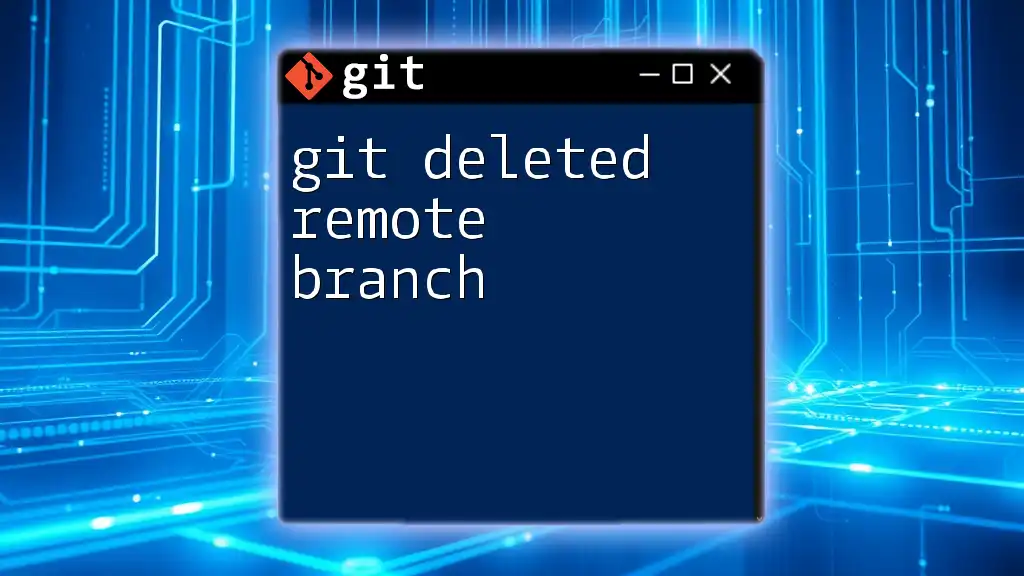
Resetting to the Remote Head Branch
What is Remote HEAD?
The remote HEAD is a reference that points to the latest commit in a remote branch. It’s essential for understanding how to align your local branch with the state of the repository on the remote server.
Steps to Reset to Remote HEAD
Step-by-Step Guide
-
Check Current Branch
git branchBefore making changes, it's crucial to ensure you're operating on the intended branch. If you accidentally reset the wrong branch, it could lead to confusion or worse, data loss.
-
Fetch Remote Changes
git fetchThis command updates your local references with the latest changes from the remote. It's fundamental for ensuring you have the latest commits before resetting.
-
Reset to Remote HEAD
git reset --hard origin/<branch-name>This command resets your local branch to match the remote branch specified by `<branch-name>`. Remember that this will erase any local changes, so use it with caution.
Important Considerations
-
Loss of Uncommitted Changes: The hard reset will erase all your local modifications. If you're unsure, consider stashing changes using `git stash` to save them temporarily.
-
Alternative: Using `git switch`: If you want to discard changes but retain your working state, you might `git switch` to the remote branch:
git switch <branch-name>This command helps you move to another branch without losing any modifications in your current branch.
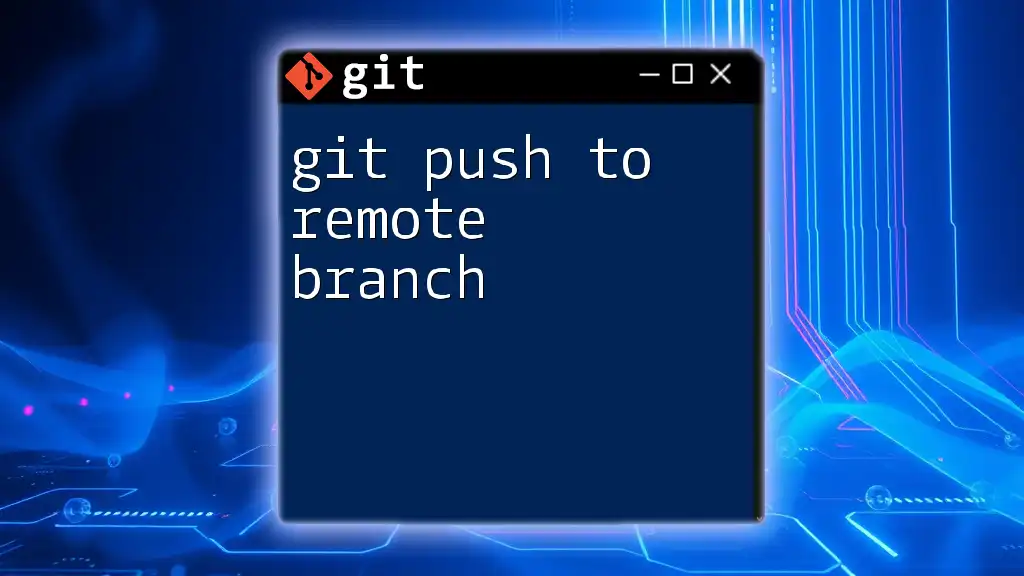
Alternatives to `git reset`
Using `git checkout`
Sometimes, it's more appropriate to use `git checkout` to discard changes instead of resetting.
git checkout -- <file-name>
This command undoes changes to a specific file without affecting your entire commit history.
Using `git revert`
If you want to undo changes safely without altering the commit history, consider using `git revert`:
git revert <commit-hash>
Unlike `git reset`, `git revert` creates a new commit that effectively negates changes from a specified commit, keeping the repository history intact.
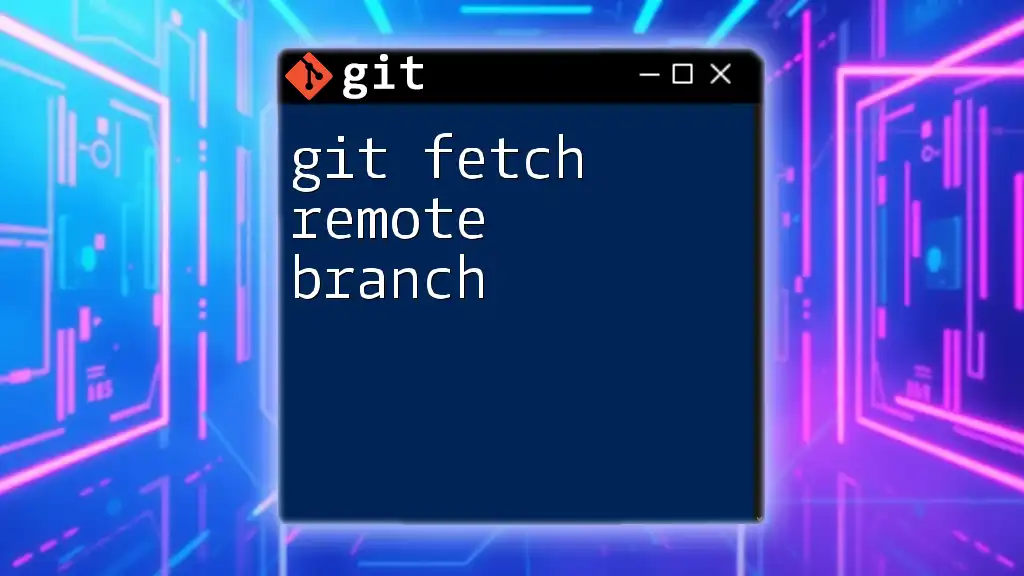
Best Practices
Regular Backups
Make it a habit to frequently commit your work and push to the remote repository. This way, you have periodic backups of your project, minimizing the risk of losing work due to mistakes.
Understanding Your Workflow
Comprehending your team's workflow, whether feature branches or trunk-based development, helps you choose the right time to reset or revert.
Frequent Collaboration
Keep your branches up to date by using `git fetch` and `git pull`. These commands ensure you are always working with the latest changes, reducing conflicts during collaboration.
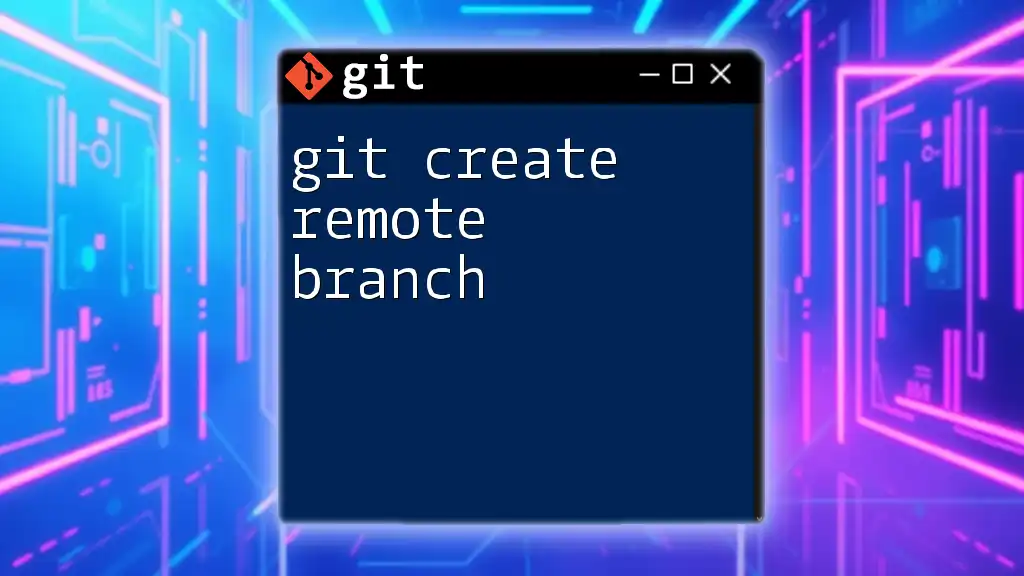
Conclusion
Understanding how to reset to the remote HEAD branch is fundamental for maintaining a clean and organized Git workflow. The command's potency comes with responsibility, so practice it in a safe environment to gain confidence. As Git can be complex, it’s worth exploring other topics that deepen your understanding and enhance your skills.

